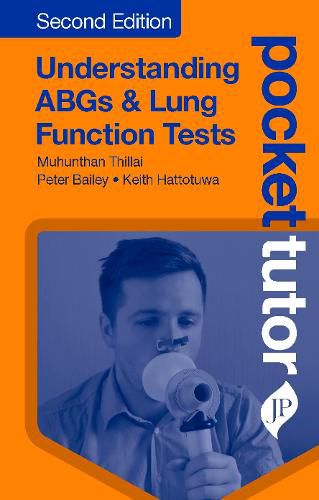Readings Newsletter
Become a Readings Member to make your shopping experience even easier.
Sign in or sign up for free!
You’re not far away from qualifying for FREE standard shipping within Australia
You’ve qualified for FREE standard shipping within Australia
The cart is loading…






Titles in the Pocket Tutor series give practical guidance on subjects that medical students and foundation doctors need help with ‘on the go’, at a highly-affordable price that puts them within reach of those rotating through modular courses or working on attachment.
Topics reflect information needs stemming from today’s integrated undergraduate and foundation courses:
Common presentations Investigation options (e.g. ECG, imaging) Clinical and patient-orientated skills (e.g. examinations, history-taking)
The highly-structured, bite-size content helps novices combat the ‘fear factor’ associated with day-to-day clinical training and provides a detailed resource that students and junior doctors can carry in their pocket.
Key points
All hospital doctors deal with ABGs (arterial blood gases) but knowledge is commonly assumed and students lack confidence interpreting them Logical, sequential content: relevant basic science, understanding normal results and the building blocks of abnormal results, then clinical disorders Clinical disorders illustrated by representative test results and brief accompanying text that clearly identifies the defining feature of the result (in other words, what is it that makes this diabetic ketoacidosis?) Fully-updated second edition features new sections on capillary blood gases, venous blood gases, obesity and all illustrations now in full colour
$9.00 standard shipping within Australia
FREE standard shipping within Australia for orders over $100.00
Express & International shipping calculated at checkout
Titles in the Pocket Tutor series give practical guidance on subjects that medical students and foundation doctors need help with ‘on the go’, at a highly-affordable price that puts them within reach of those rotating through modular courses or working on attachment.
Topics reflect information needs stemming from today’s integrated undergraduate and foundation courses:
Common presentations Investigation options (e.g. ECG, imaging) Clinical and patient-orientated skills (e.g. examinations, history-taking)
The highly-structured, bite-size content helps novices combat the ‘fear factor’ associated with day-to-day clinical training and provides a detailed resource that students and junior doctors can carry in their pocket.
Key points
All hospital doctors deal with ABGs (arterial blood gases) but knowledge is commonly assumed and students lack confidence interpreting them Logical, sequential content: relevant basic science, understanding normal results and the building blocks of abnormal results, then clinical disorders Clinical disorders illustrated by representative test results and brief accompanying text that clearly identifies the defining feature of the result (in other words, what is it that makes this diabetic ketoacidosis?) Fully-updated second edition features new sections on capillary blood gases, venous blood gases, obesity and all illustrations now in full colour